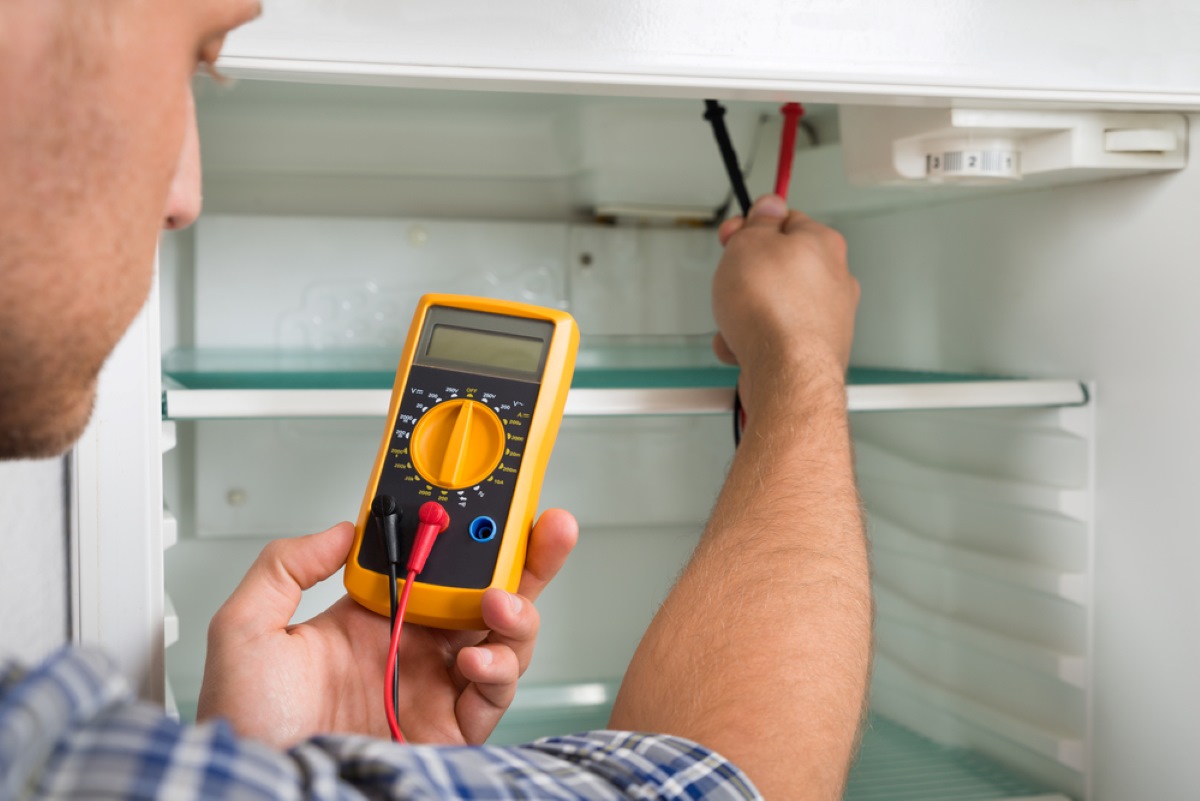

Articles
How Many Amps For Refrigerator
Modified: October 20, 2024
Find out how many amps are required for a refrigerator in this informative article. Discover the optimal electrical power needed for efficient operation.
(Many of the links in this article redirect to a specific reviewed product. Your purchase of these products through affiliate links helps to generate commission for Storables.com, at no extra cost. Learn more)
Introduction
When it comes to understanding the power requirements of household appliances, one question that often arises is, “How many amps does a refrigerator need?”. The amperage of a refrigerator is an essential factor to consider, especially when it comes to electrical safety and ensuring efficient power usage.
In this article, we will delve into the world of amps and refrigerators, exploring the voltage and amperage requirements, factors that affect amperage, and how to determine the amp rating for your specific refrigerator model. Additionally, we will provide some useful tips for ensuring the efficient power usage of refrigerators.
So, if you’re ready to gain a better understanding of the amps needed for a refrigerator and how to optimize its power consumption, let’s dive right in!
Key Takeaways:
- Understanding the amp requirements of your refrigerator is crucial for safe and efficient operation. Factors like size, efficiency, and climate can affect amp ratings, so consult the manual or use a clamp meter to determine the right amp requirement for your specific model.
- Implementing simple tips like setting the temperature correctly, keeping the fridge organized, and considering energy-efficient models can help minimize energy waste and save money on electricity bills. By following these tips, you can contribute to a greener environment while keeping your food fresh.
Read more: How Many Amps Are In A Dryer
Understanding Amps and Refrigerators
Before we explore the specific amp requirements of refrigerators, let’s first take a moment to understand what amps actually are and how they relate to these essential kitchen appliances.
Amps, short for amperes, are a unit of electric current. In simple terms, they measure the amount of electric charge flowing through a circuit. Essentially, amps determine the rate at which electrical energy is being consumed by a device.
Refrigerators are one of the most important appliances in our homes, responsible for keeping our food fresh and preventing it from spoiling. They function by using a combination of electricity, refrigerant, and a cooling system to maintain a consistently cold temperature.
Refrigerators are connected to a power source, typically a wall outlet, which supplies them with electricity. In order to operate properly and maintain the desired temperature, refrigerators require a specific amount of electrical current, measured in amps.
Understanding the amp requirements of a refrigerator is crucial to ensure that it operates safely, without overloading the electrical circuit it is connected to. It is also important in terms of efficient energy consumption, as using the appropriate amp rating can help optimize the performance of the refrigerator and reduce energy waste.
In the next section, we will explore the typical voltage and amperage requirements of refrigerators, providing you with a better understanding of the power demands of these essential appliances.
Voltage and Amperage Requirements of Refrigerators
When it comes to the voltage and amperage requirements of refrigerators, there are certain standard ratings that you need to be aware of. Generally, residential refrigerators in the United States and Canada operate on standard household voltage, which is 120 volts.
The amperage requirement of a refrigerator can vary depending on its size, model, and features. However, most average-sized refrigerators typically require around 6 to 8 amps of current to operate smoothly.
It is important to note that the amp rating of a refrigerator refers to the maximum amount of electric current it will draw under normal operating conditions. This means that the actual current consumption may vary depending on factors such as the temperature settings, frequency of door openings, and the age and efficiency of the refrigerator.
It is worth mentioning that some refrigerators, such as larger models or those with advanced features like ice makers or water dispensers, may require higher amperage. These types of refrigerators can range anywhere from 8 to 15 amps.
When considering the voltage and amperage requirements of a refrigerator, it is also important to account for any other electrical devices that might be connected to the same circuit. Make sure that the circuit can handle the combined load of all the appliances without overloading.
Additionally, it is a good idea to check your local electrical codes and regulations as they may vary from one region to another. Some areas may have specific guidelines for electrical wiring and circuit requirements for refrigerators.
Now that we have a basic understanding of the voltage and amperage requirements, let’s explore the factors that can affect the amperage of a refrigerator in the next section.
Factors Affecting Amps for Refrigerator
Several factors can influence the amperage requirements of a refrigerator. Understanding these factors can help you determine the appropriate amp rating for your specific refrigerator model and ensure its efficient operation.
1. Size and Capacity: The size and capacity of a refrigerator can impact its amperage needs. Generally, larger refrigerators with greater storage capacity require more amps to power the cooling system and maintain the desired temperature.
2. Efficiency Rating: The energy efficiency rating of a refrigerator can also affect its amp requirements. Energy-efficient models are designed to consume less electricity, which can result in lower amperage compared to less efficient models of the same size.
3. Temperature Settings: The temperature settings you choose for your refrigerator can influence its amperage usage. Keeping the temperature settings too low will increase the workload on the cooling system, potentially requiring more amps to maintain the desired temperature.
4. Age and Condition: The age and condition of the refrigerator can affect its energy consumption. Older models or those in poor condition may require more amps to operate compared to newer, well-maintained refrigerators.
5. Additional Features: Refrigerators with additional features like ice makers, water dispensers, or built-in freezers may have higher amp requirements. These additional features require extra electrical power to operate, resulting in increased amperage.
6. Climate Conditions: The ambient temperature and humidity levels in your surroundings can impact the amperage needs of a refrigerator. In hotter climates, where the room temperature is higher, the refrigerator may need to work harder to maintain the desired temperature, resulting in higher amp usage.
It’s important to consider these factors when determining the amp requirements of your refrigerator. By taking into account these variables, you can ensure that your refrigerator operates efficiently, saving energy and potentially reducing your electricity bill.
Next, let’s discuss how you can determine the amps required for your specific refrigerator.
Check the label on your refrigerator or the owner’s manual to find the specific amperage requirements. Typically, a standard refrigerator will require around 6-8 amps to operate.
How to Determine the Amps Required for Your Refrigerator
Determining the amps required for your specific refrigerator model is crucial to ensure it receives the adequate electrical current it needs to operate efficiently and safely. Here’s a step-by-step guide to help you determine the amp rating for your refrigerator:
1. Check the User Manual: Start by referring to the user manual or manufacturer’s specifications for your refrigerator. Often, the manual will provide information regarding the amperage requirements for your specific model. Look for a section that details the electrical specifications or power requirements.
2. Look for Rating Plate: The rating plate is usually located on the back or side of the refrigerator. It provides important information about the appliance, including its electrical requirements. Look for details such as voltage, current, and wattage. The amperage rating will be indicated either in amps (A) or milliamps (mA).
3. Contact the Manufacturer: If you are unable to find the information you need from the user manual or the rating plate, consider reaching out to the manufacturer directly. They should be able to provide you with the necessary information regarding the amp requirements of your refrigerator model.
4. Use a Clamp Meter: Another option is to use a clamp meter, also known as a current clamp or amp meter, to measure the actual amperage consumed by your refrigerator. Follow the instructions provided with the clamp meter to safely connect it to the electrical circuit supplying power to the refrigerator. Be cautious when dealing with electricity and consider consulting a professional if you are unsure.
By using one or a combination of these methods, you can determine the amp rating for your refrigerator and ensure it is receiving the proper amount of electrical current.
Now that you have a better understanding of determining the amp requirements for your refrigerator, let’s move on to exploring the common amp ratings for different types of refrigerators.
Read more: How Many Amps Dishwasher
Common Amp Ratings for Different Types of Refrigerators
Refrigerators come in various types and sizes, each with its own unique amp rating. Understanding the common amp ratings for different types of refrigerators can help you choose the right one for your needs and ensure efficient power usage. Here are some general guidelines:
1. Top-Freezer Refrigerators: Top-freezer models are the most common and typically have lower amp ratings compared to other types. On average, they require around 6 to 8 amps to operate efficiently.
2. Bottom-Freezer Refrigerators: Bottom-freezer models, where the freezer compartment is located below the refrigerator section, usually have slightly higher amp requirements. They typically range from 7 to 9 amps.
3. Side-by-Side Refrigerators: Side-by-side models have a vertical split design, with the refrigerator on one side and the freezer on the other. These types of refrigerators often require higher amp ratings due to their larger size and more complex cooling systems. Amp ratings for side-by-side models can range from 8 to 12 amps.
4. French Door Refrigerators: French door models are known for their wide, double-door refrigerator section and a bottom freezer drawer. These refrigerators usually have similar amp ratings to side-by-side models, averaging around 8 to 12 amps.
5. Compact Refrigerators: Compact or mini-fridges, commonly used in dorm rooms or small living spaces, have lower amp ratings compared to full-sized refrigerators. Depending on the size and features, compact refrigerators typically range from 1 to 5 amps.
Remember that these amp ratings are general guidelines and can vary depending on the specific make and model of the refrigerator. Always refer to the manufacturer’s specifications for accurate and up-to-date information on amp requirements.
Now that we have discussed the common amp ratings for different types of refrigerators, let’s move on to some tips for efficient power usage of refrigerators.
Tips for Efficient Power Usage of Refrigerators
Refrigerators are constantly running appliances, consuming a significant amount of energy in our homes. Implementing some simple tips for efficient power usage can help reduce energy waste, save money on electricity bills, and contribute to a more sustainable lifestyle. Here are some tips to optimize the power usage of your refrigerator:
1. Set the Temperature Correctly: Ensure that your refrigerator is set to the optimal temperature for food preservation. The recommended temperature for the fridge compartment is between 35 to 38 degrees Fahrenheit (2 to 3 degrees Celsius), and the freezer should be set at 0 degrees Fahrenheit (-18 degrees Celsius). Excessively low temperatures may increase energy consumption.
2. Keep the Fridge Well-Organized: Arrange food items in a way that allows for efficient airflow within the refrigerator. This allows the cold air to circulate easily, helping maintain a consistent temperature and reducing the workload on the cooling system. Plus, it makes it easier to find what you need, minimizing unnecessary door openings and energy loss.
3. Keep the Refrigerator Full: A well-stocked refrigerator helps maintain a more stable temperature, as the mass of the stored food acts as insulation. However, avoid overpacking the refrigerator, as it can restrict airflow and hinder proper cooling.
4. Clean the Coils: Regularly clean the condenser coils located at the back or bottom of your refrigerator. Dust and debris accumulation on the coils can impede heat dissipation, making the compressor work harder and consume more energy. Use a vacuum cleaner or brush to remove any buildup.
5. Check the Door Seals: Ensure that the door seals or gaskets of your refrigerator are in good condition and form a tight seal when closed. Damaged or loose seals can let cold air escape and allow warm air to enter, making the compressor work harder to maintain temperature and consuming more energy.
6. Allow Air Circulation: Avoid overcrowding the area around the refrigerator. Ensure that there is enough space for air to circulate around the appliance and for heat to dissipate from the condenser coils. This helps improve efficiency and prevents the compressor from overheating.
7. Minimize Temperature Fluctuations: Try to limit the number of times you open the refrigerator door. Each time you open the door, cold air escapes, and warm air enters, prompting the compressor to work harder to adjust the temperature. Plan your retrieval of items and close the door promptly.
8. Consider Energy-Efficient Models: When purchasing a new refrigerator, look for models with the Energy Star label. These appliances meet specific energy efficiency standards and can help reduce your electricity consumption.
By implementing these tips, you can minimize energy waste and maximize the efficiency of your refrigerator, ultimately saving energy and reducing your environmental impact.
Now, let’s wrap up our article.
Conclusion
Understanding the amp requirements of your refrigerator is crucial for ensuring safe and efficient operation. By knowing the voltage and amperage requirements of your refrigerator, you can ensure that you have the appropriate electrical setup to keep your fridge running smoothly.
Factors such as the size and capacity of the refrigerator, its efficiency rating, temperature settings, age and condition, additional features, and climate conditions can all affect the amp rating of your refrigerator. Taking these factors into consideration will help you determine the right amp requirement for your specific model.
It is important to consult the user manual, check the rating plate on the refrigerator, or contact the manufacturer for accurate information on the amp rating of your specific model. Alternatively, you can use a clamp meter to measure the actual amperage consumed by your refrigerator.
Understanding the common amp ratings for different types of refrigerators can also help you make an informed decision when purchasing a new refrigerator, considering factors such as size, features, and energy efficiency.
To ensure efficient power usage, follow tips such as setting the temperature correctly, keeping the fridge organized, cleaning the coils regularly, checking the door seals, allowing air circulation, minimizing temperature fluctuations, and considering energy-efficient models.
By implementing these tips, you can not only reduce energy waste but also save money on your electricity bills and contribute to a greener environment.
So, the next time you wonder how many amps a refrigerator needs, remember to consider the specific requirements of your model and put these efficiency tips into practice. With the right amp rating and efficient usage, your refrigerator will continue to keep your food fresh while being energy-conscious.
Frequently Asked Questions about How Many Amps For Refrigerator
Was this page helpful?
At Storables.com, we guarantee accurate and reliable information. Our content, validated by Expert Board Contributors, is crafted following stringent Editorial Policies. We're committed to providing you with well-researched, expert-backed insights for all your informational needs.

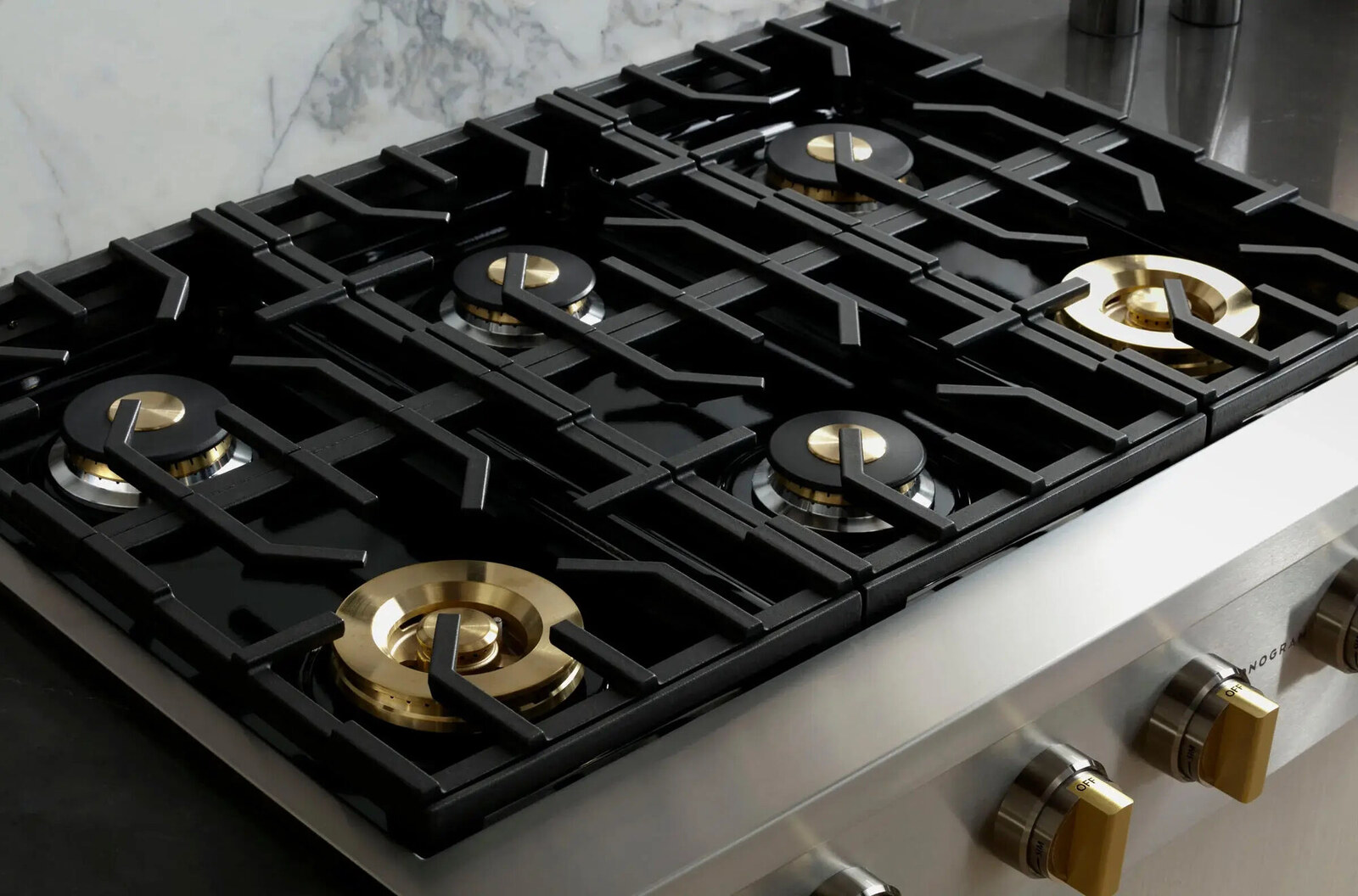
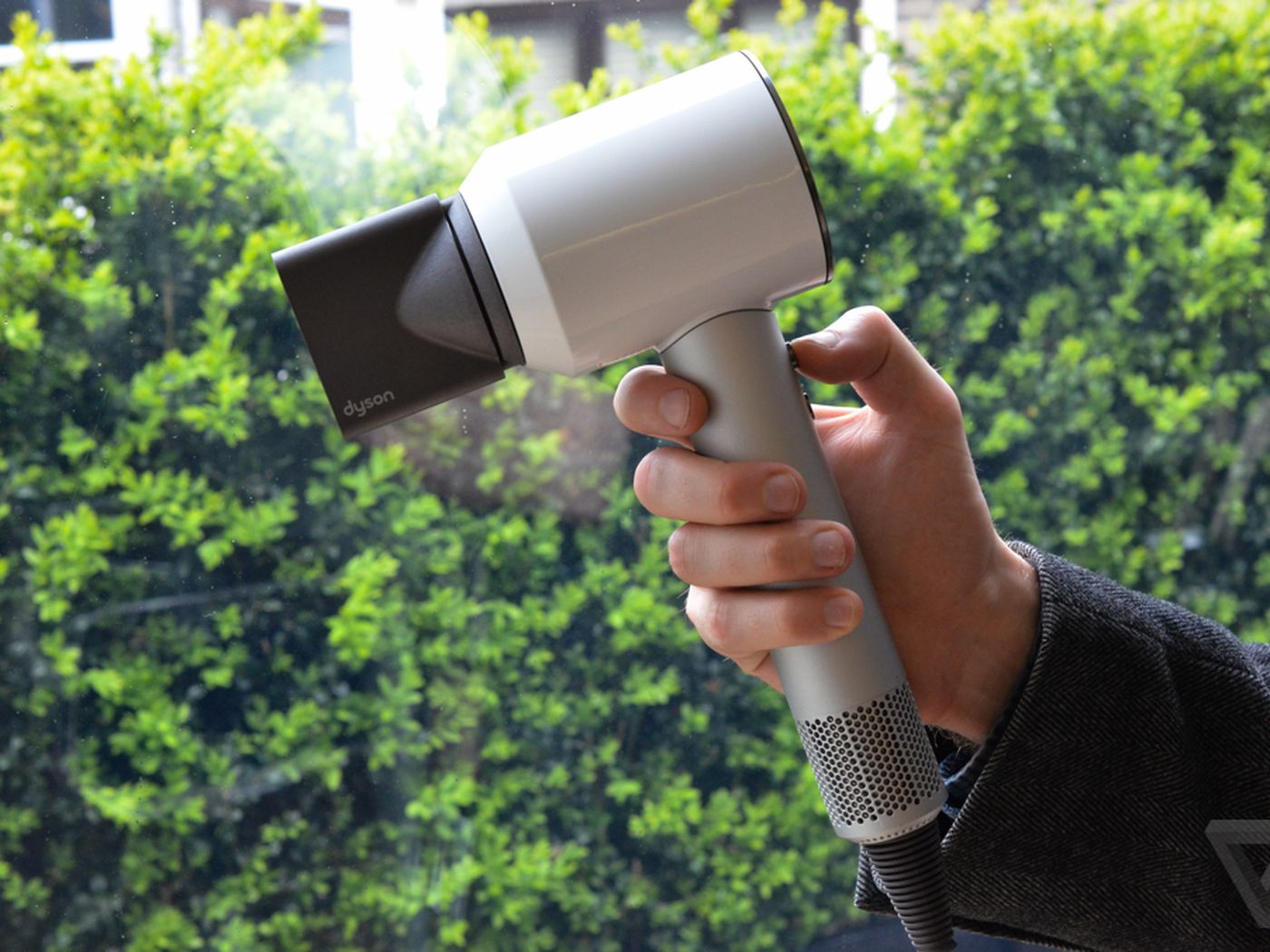
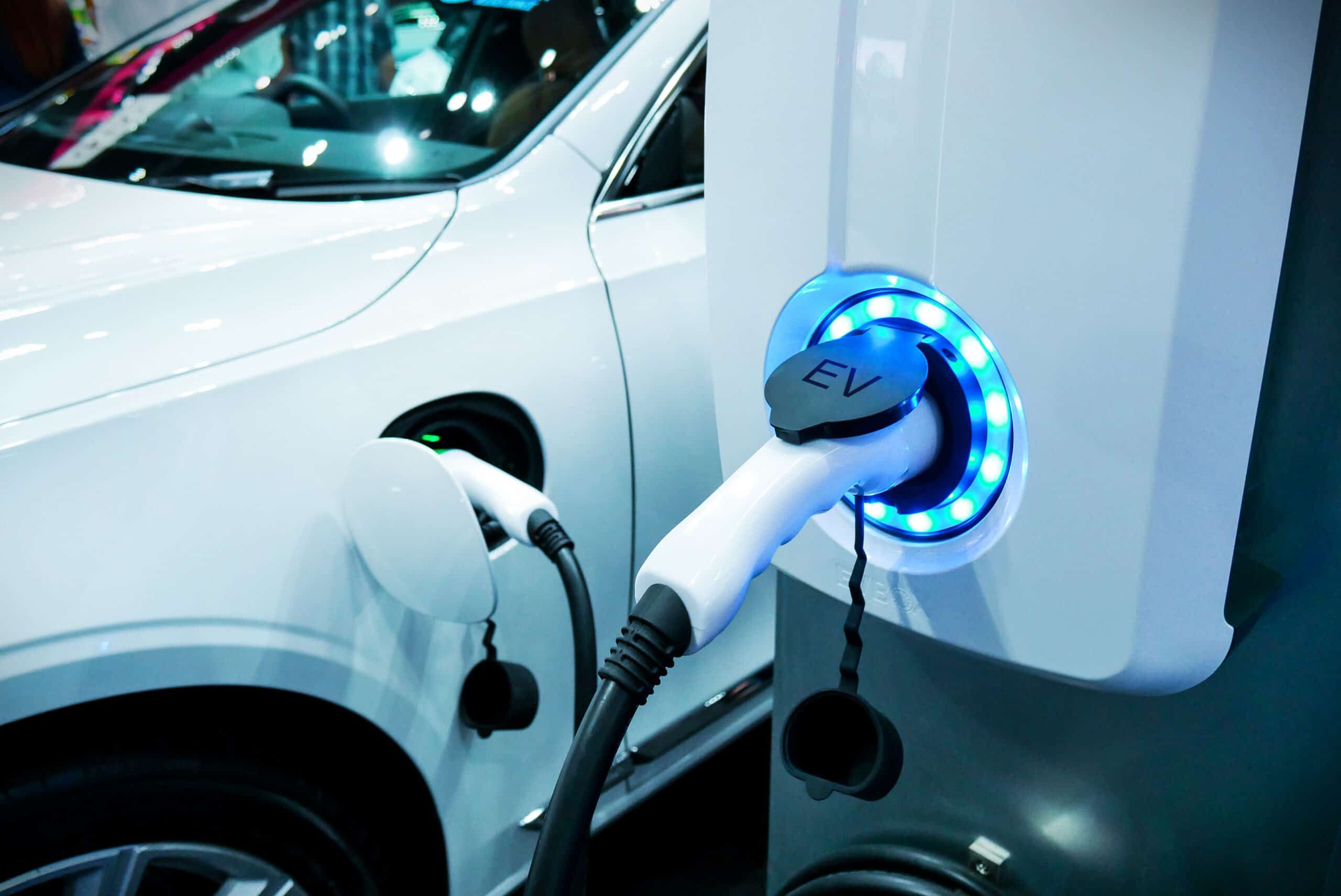
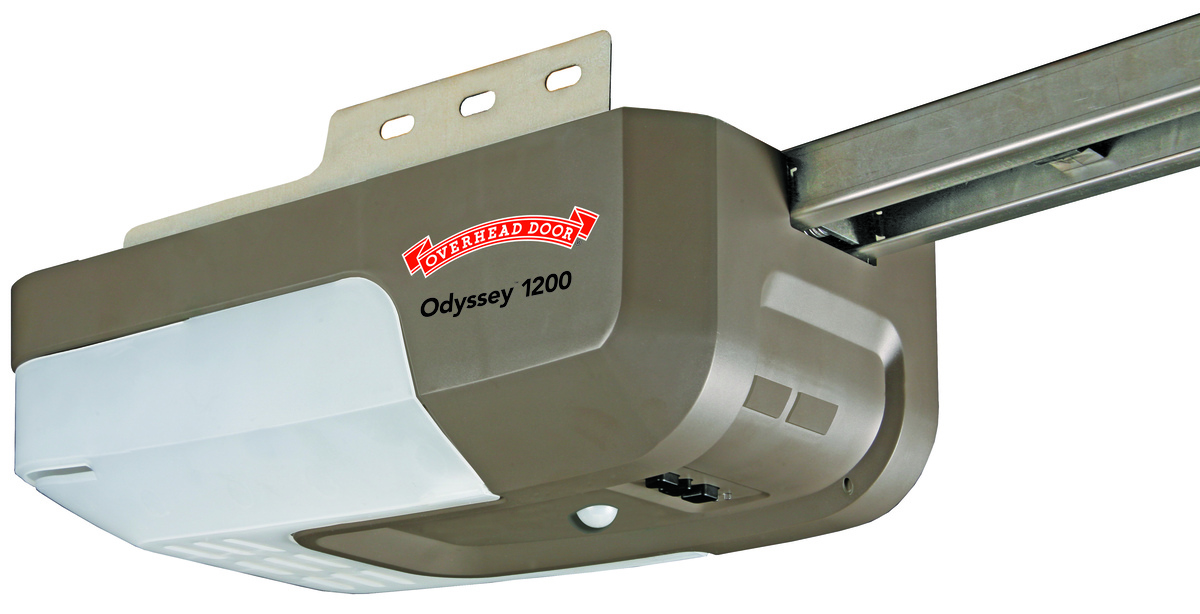
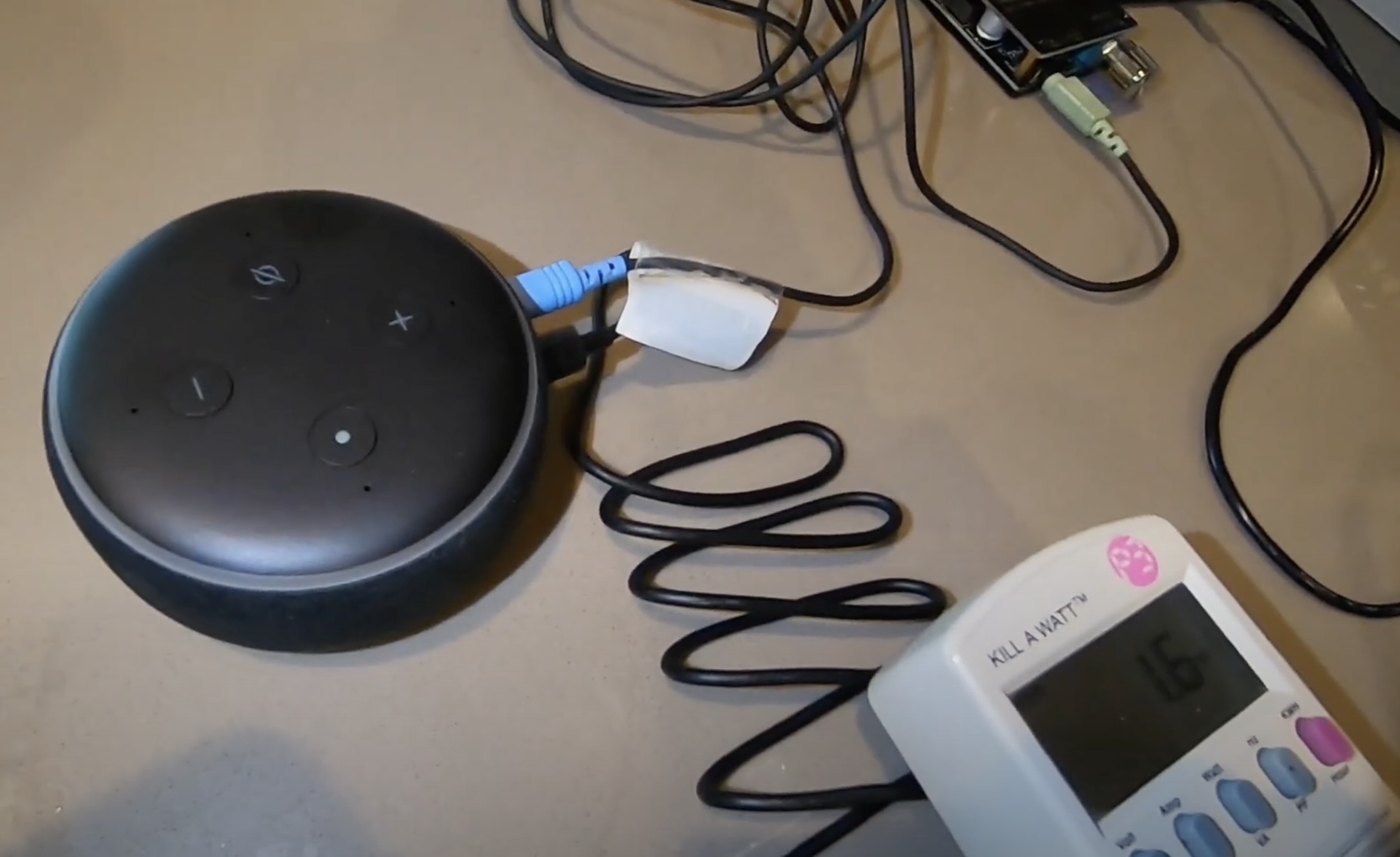
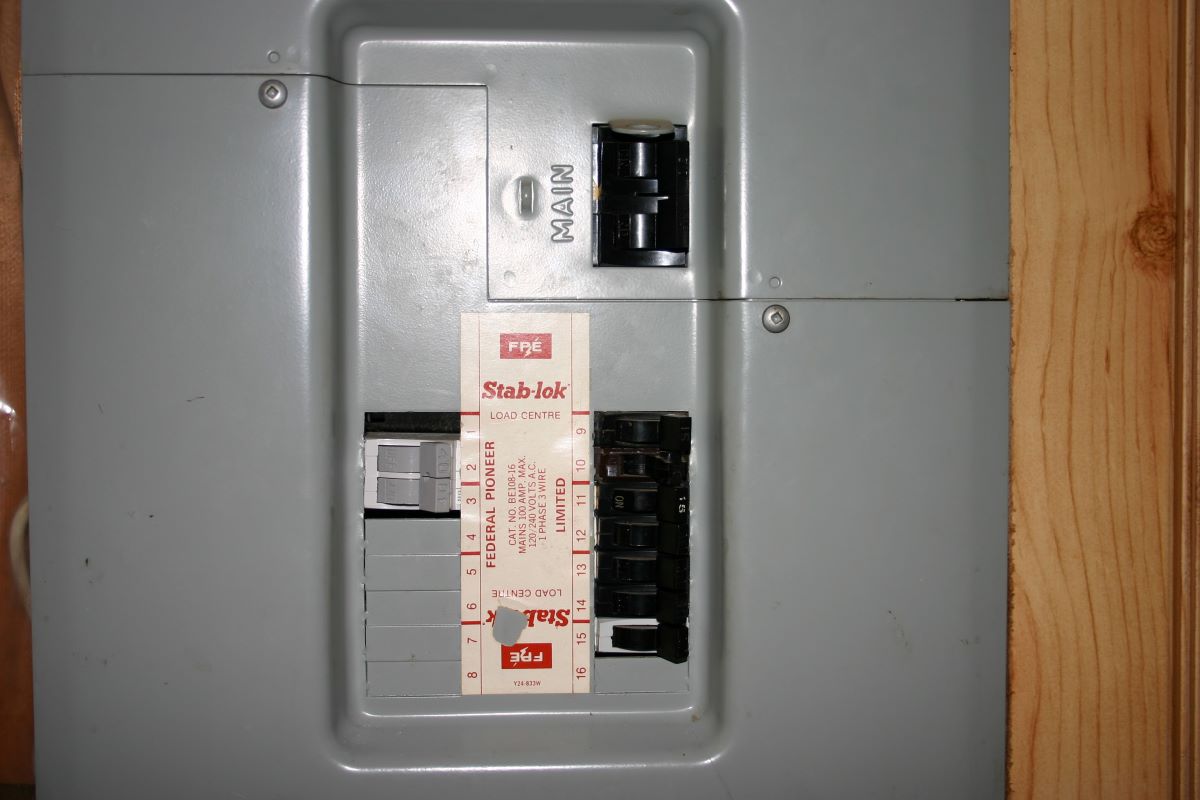

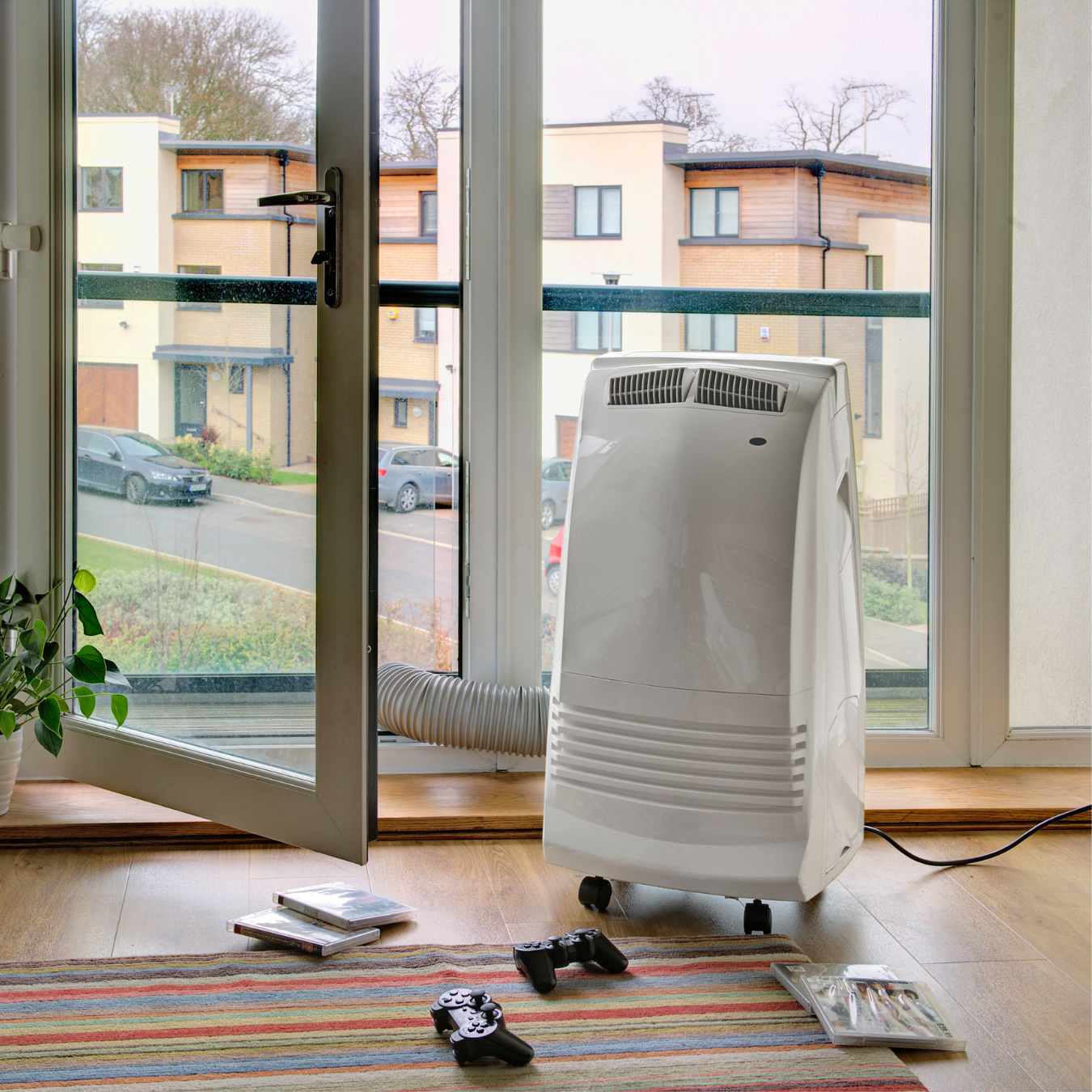
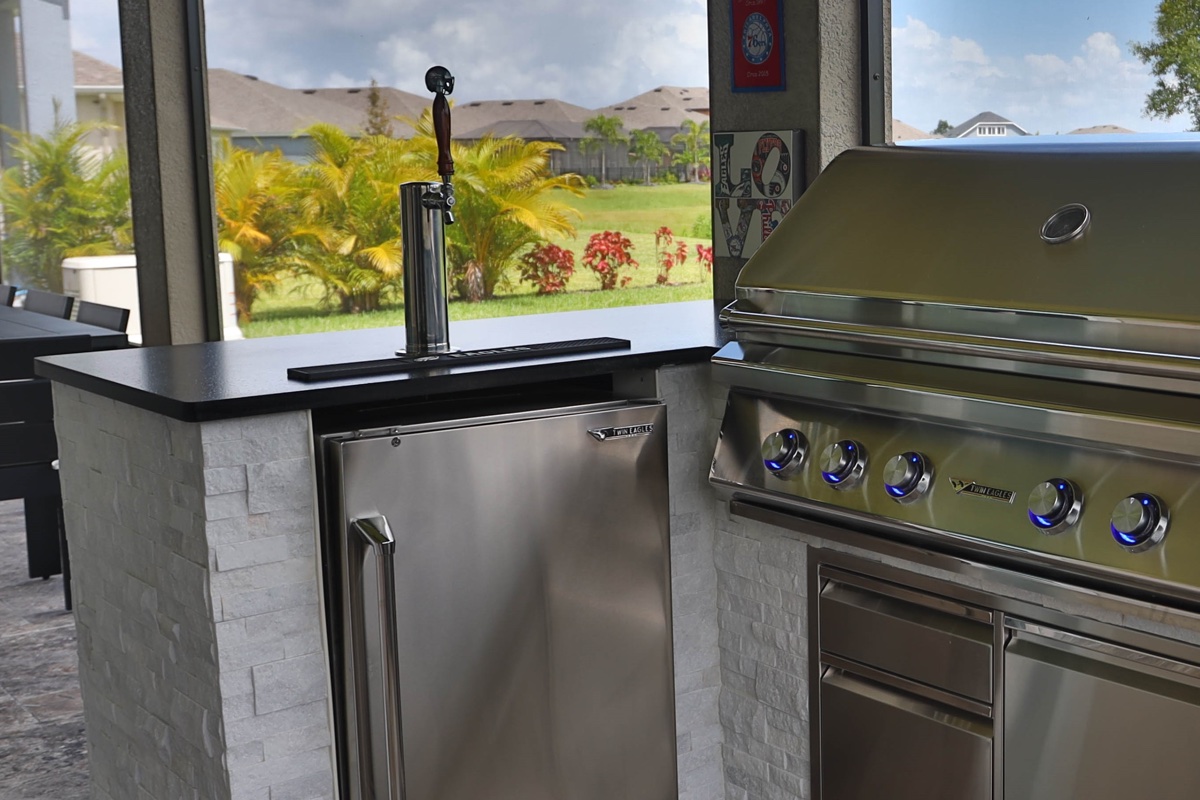

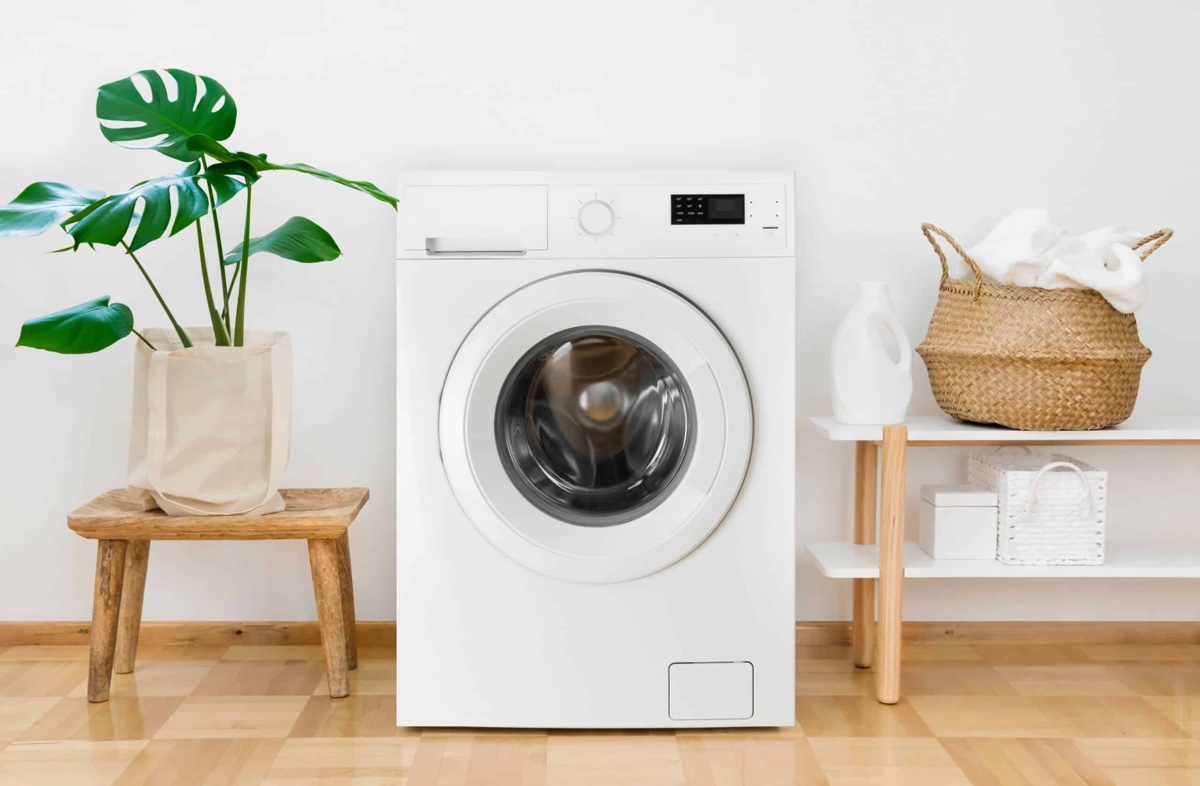



0 thoughts on “How Many Amps For Refrigerator”